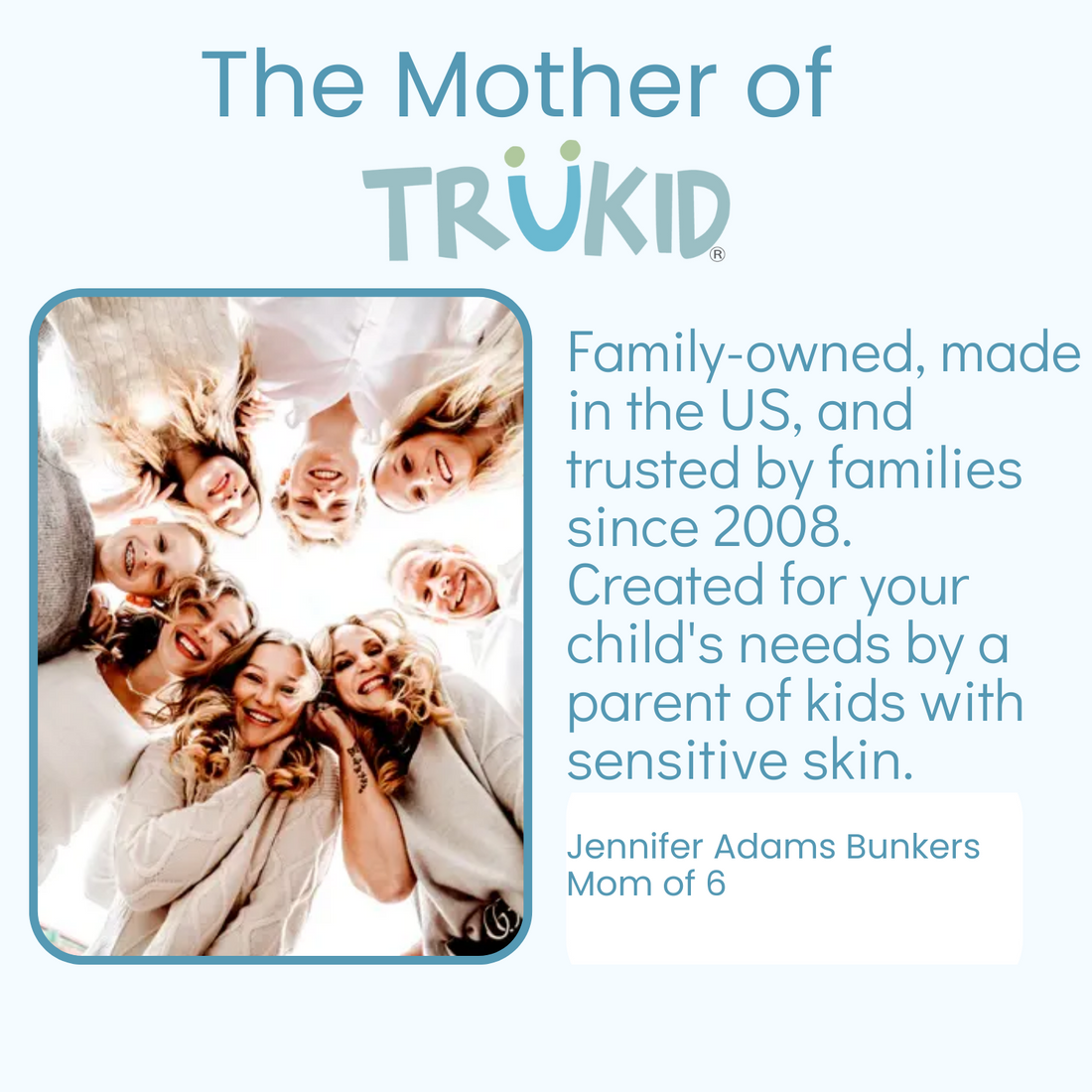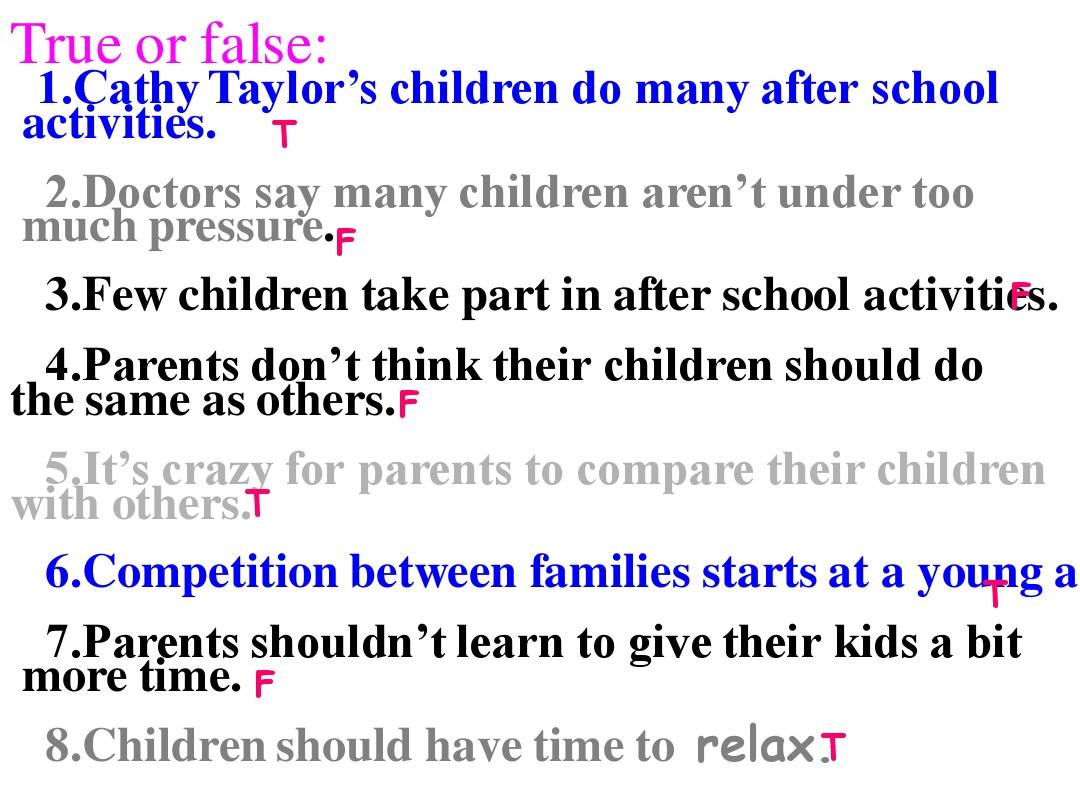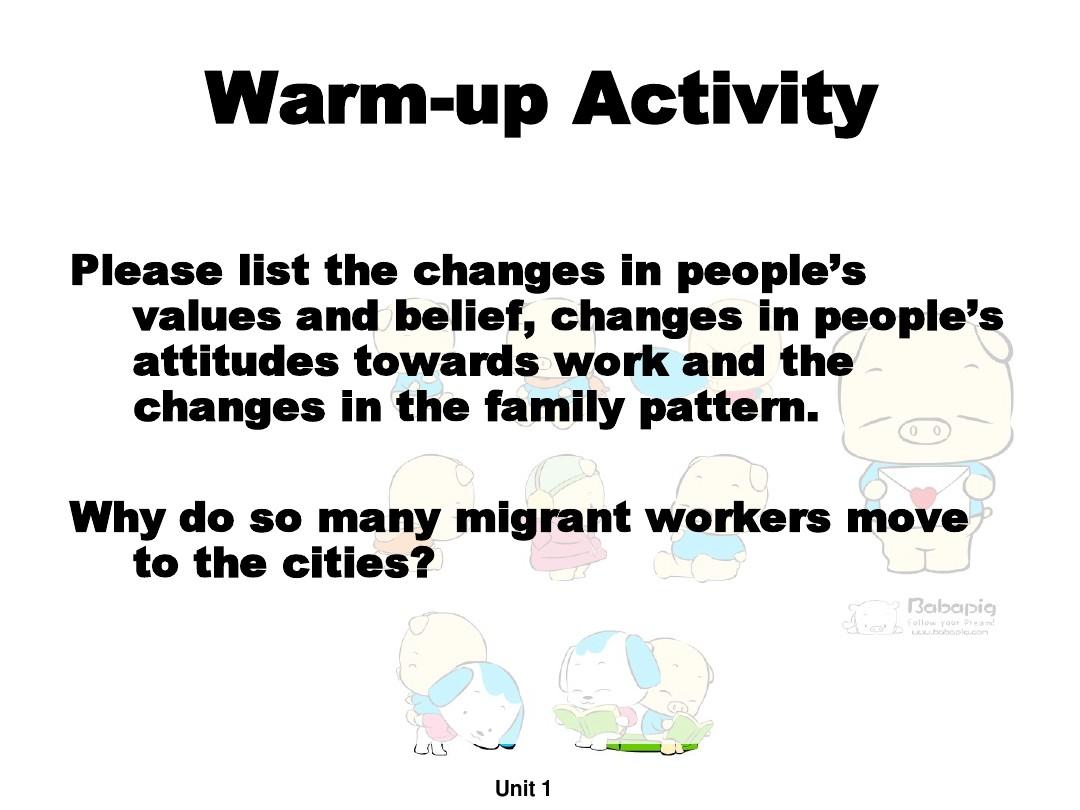Title: Protecting Children with Warm and Comfortable Childrens Down quilts
As the winter approaches, parents begin to think about providing their children with warm and comfortable bedding. Among various options available in the market, down quilts are particularly popular among children due to their exceptional warmth and comfort. However, not all down quilts are created equal, especially when it comes to children's sizes and safety.
When selecting a children's down quilt, there are several factors that parents should consider. First and foremost, the quilt should be appropriately sized for the child's height and weight. Sending a child to bed with a quilt that is too small or too large can negatively impact sleep quality and even pose a risk of hypothermia.

Secondly, the quilt should be made of high-quality down materials, which are typically lightweight, compact, and highly insulating. The best down for children comes from natural feathers, as they are softer and more breathable than synthetic materials. Additionally, parents should look for quilts that have been certified by reputable organizations such as the Global Organic Textile Standard (GOTS) or the Responsible Down Standard (RDS), which ensure that the down has been sourced ethically and responsibly, and has met certain environmental and social standards.
In addition to these considerations, there are several features that make children's down quilts particularly special. For one, they often come in fun and colorful designs that appeal to kids' sense of style and imagination. Moreover, many children's down quilts feature built-in features like pillows or pockets, which can provide additional comfort and functionality.

However, despite these benefits, parents should also be aware of certain risks associated with children's down quilts. One of the most significant concerns is the possibility of overheating, which can occur if the quilt becomes too dense or if the child sleeps on top of extra layers of clothing. To minimize this risk, parents should always make sure that their child is wearing only a single layer of clothing beneath the quilt, and that the room temperature is cool enough to avoid overheating.
Another risk associated with children's down quilts is the potential for allergic reactions. While down is generally considered safe for most people, some individuals may be sensitive to its proteins or chemicals. If your child has allergies or respiratory issues, it may be wise to choose a quilt made from hypoallergenic materials or to consult with your doctor before making a purchase.

Despite these risks, the benefits of using a children's down quilt far outweigh any potential drawbacks. By choosing a high-quality, properly sized quilt made from ethically sourced down, parents can help their children stay warm, comfortable, and safe throughout the winter months. So why not give your child the gift of a warm and cozy down quilt this winter? Your child will thank you for it!
Articles related to the knowledge points of this article:
How to Take Beautiful Pictures of Down Comforters
The Cost of Processing Feather Duvets in Rugao
How to Sew a Plump and Straight Feather Duvet Cover Quickly
Thirty Years Old Down Comforter Has an Odd Smell
Title: How to Deal with Feather Particles in Down Comforters?
Feather Duvet Recycling: A Guide to Turning Old Feather Duvets into New Ones



